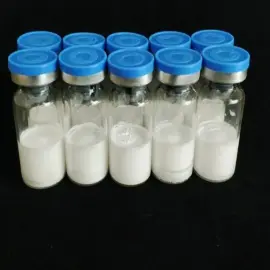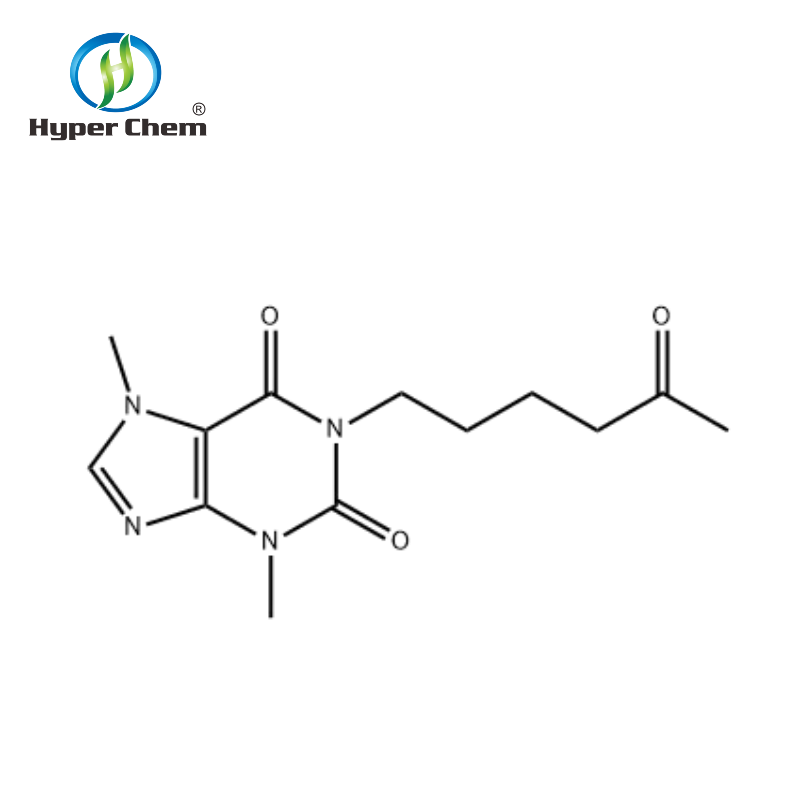-
Categories
-
Pharmaceutical Intermediates
-
Active Pharmaceutical Ingredients
-
Food Additives
- Industrial Coatings
- Agrochemicals
- Dyes and Pigments
- Surfactant
- Flavors and Fragrances
- Chemical Reagents
- Catalyst and Auxiliary
- Natural Products
- Inorganic Chemistry
-
Organic Chemistry
-
Biochemical Engineering
- Analytical Chemistry
-
Cosmetic Ingredient
- Water Treatment Chemical
-
Pharmaceutical Intermediates
Promotion
ECHEMI Mall
Wholesale
Weekly Price
Exhibition
News
-
Trade Service
Nicorandil is a pharmaceutical drug that is used for the treatment of angina pectoris, a condition characterized by chest pain due to reduced blood flow to the heart muscle.
It is a combination of two active ingredients: nitroglycerin and isosorbide dinitrate.
The production process of nicorandil involves several steps, including the synthesis of the active ingredients and the formulation of the final product.
The synthesis of nitroglycerin and isosorbide dinitrate involves the use of several chemical reactions and purification steps.
Nitroglycerin is synthesized by reacting glycerol with nitric acid, and then hydrolyzing the resulting nitrated glycerol to produce nitroglycerin.
Isosorbide dinitrate is synthesized by reacting isosorbide with nitric acid to produce the dinitrate ion, followed by the reaction of the dinitrate ion with another molecule of isosorbide to produce the final product.
Once the active ingredients have been synthesized, they are purified to remove any impurities that may have been introduced during the synthesis process.
This purification step is important to ensure the safety and effectiveness of the final product.
The next step in the production process is the formulation of the nicorandil tablets or other dosage forms.
This involves mixing the active ingredients with excipients such as binders, fillers, and coatings to create a stable and effective formulation.
The formulation process must be carefully controlled to ensure that the final product meets the required standards for purity, strength, and stability.
The nicorandil formulation is then subjected to further testing to confirm its safety and efficacy.
This includes preclinical testing in the laboratory and clinical testing in human volunteers or patients.
The results of these tests are used to evaluate the safety and effectiveness of the nicorandil formulation, and to identify any potential side effects or adverse reactions.
Finally, the nicorandil formulation is approved for marketing and distribution by the relevant regulatory agencies.
This process can be time-consuming and requires significant investment, but it is necessary to ensure the safety and effectiveness of the final product.
In conclusion, the production process of nicorandil involves several steps, including the synthesis of the active ingredients and the formulation of the final product.
This process must be carefully controlled and monitored to ensure the safety and efficacy of the final product.
The regulatory approval process is also an important step in ensuring that nicorandil is safe and effective for use in patients.







